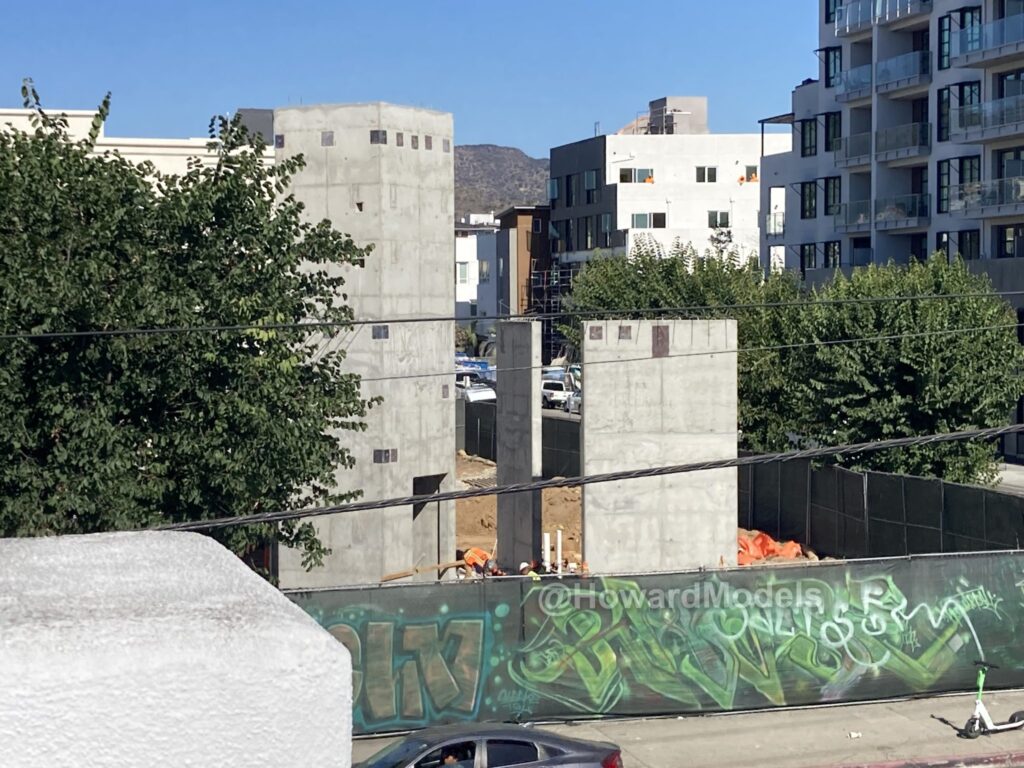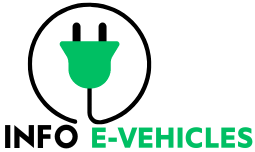In a remarkable stride towards redefining the electric vehicle (EV) landscape, Tesla‘s drive-in movie theater and Supercharger concept in Los Angeles is rapidly taking form. The 7001 W. Santa Monica Boulevard site, chosen for this groundbreaking endeavor, has witnessed significant advancements since its groundbreaking ceremony in late September.


A Visionary Concept Realized
The brainchild of CEO Elon Musk, this visionary project was first envisioned in 2018 as a 1950s-style diner and drive-in theater Supercharger. Anticipating a unique experience, Musk envisioned roller-skating staff and a rock-themed restaurant. The plans received resounding approval, eventually finding their home in West Hollywood after confirmation from the city of Santa Monica.
Where Entertainment Meets Charging
Upon completion, this avant-garde site is set to boast 32 charging stalls, two expansive movie screens, and a restaurant featuring captivating rooftop seating. The amalgamation of entertainment and practicality is poised to revolutionize the EV charging experience.
Regulatory Milestones
Tesla’s pursuit of this innovative charging station concept took a significant leap forward when the plans were submitted and subsequently granted permit approval for construction in August. Additionally, in 2021, Tesla secured a trademark extension from the U.S. Patent and Trademark Office (USPTO) for its iconic “T” logo, now encompassing restaurant services.
Pioneering the Tesla Supercharger Network
This development coincides with Tesla’s recent achievement of surpassing 2,000 active Supercharger stations across the U.S. The company’s vision extends beyond its own vehicles, hinting at a future where the Supercharger network may become accessible to a wider spectrum of automakers.
ALSO READ :-
Tesla Addresses Wage Increases at Giga Berlin: A Closer Look
Tesla Reveals World’s Largest Solar Rooftop Installation at Giga Texas
SOURCE : TESLARATI
FAQs
What is the current status of the construction at the Los Angeles site?
Recent photos reveal the emergence of initial structures at the 7001 W. Santa Monica Boulevard location, where Tesla’s drive-in movie theater and Supercharger concept is underway. Workers and construction equipment are visible, indicating significant progress from just a month prior.
What amenities are expected at the completed site?
The site is set to host 32 charging stalls, two movie screens, and a restaurant with captivating rooftop seating, offering a comprehensive and immersive experience for visitors.
When were Tesla’s plans for this concept initially submitted, and when did construction begin?
Tesla submitted plans for the drive-in charging station concept last year, securing permit approval for construction in August.
What additional trademark extension did Tesla receive in 2021?
n 2021, Tesla obtained a trademark extension from the U.S. Patent and Trademark Office (USPTO) to include restaurant services under its iconic “T” logo.
What is the significance of this development in the context of Tesla’s Supercharger network?
The progress at the Los Angeles site aligns with Tesla’s recent milestone of surpassing 2,000 active Supercharger stations across the U.S., hinting at a future where the network may become accessible to a wider array of automakers.
What sets Tesla’s Drive-In Movie Theater and Supercharger Concept apart from traditional charging stations?
Tesla’s Drive-In Movie Theater and Supercharger Concept combines practicality with entertainment, offering 32 charging stalls alongside two movie screens and a rooftop-seated restaurant. This innovative approach redefines the EV charging experience.
When did Tesla break ground on the Los Angeles site, and what progress has been made so far?
Tesla initiated construction on the site in late September, and recent photos showcase significant progress. Initial structures have been erected, with workers and equipment on-site. The development is swiftly moving towards its ambitious vision.
How does Tesla’s Supercharger network expansion impact the broader automotive industry?
With over 2,000 active Supercharger stations across the U.S., Tesla’s network has become a critical part of the EV infrastructure. The potential for other automakers to gain access hints at a more interconnected and accessible charging ecosystem in the years to come.
